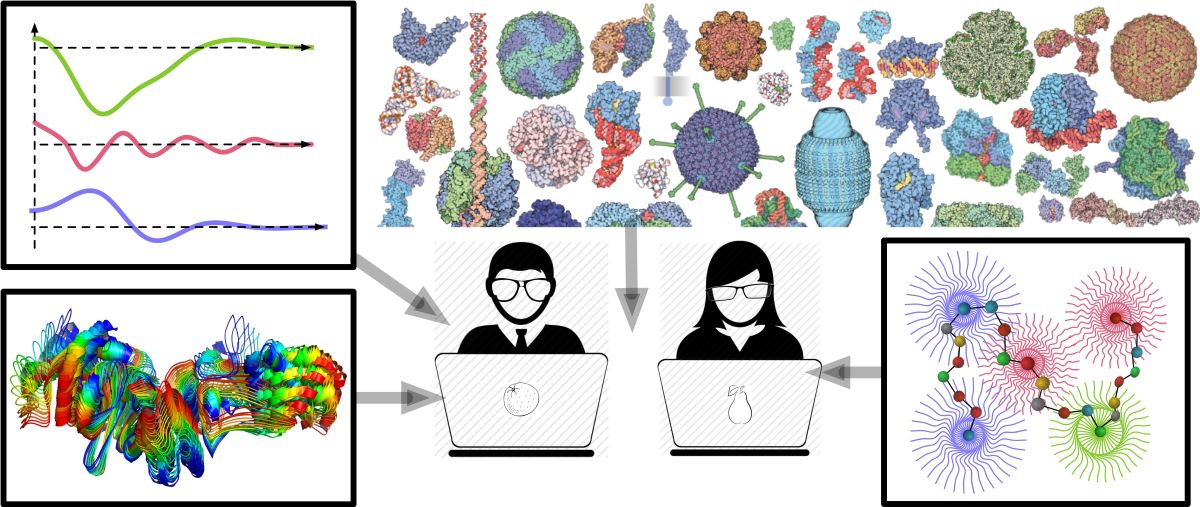Speaker
Description
In recent years, computational protein engineering has become instrumental in developing drugs and therapies, especially with the rise of machine learning-based methods, that pushed the performance of such tools to a new level of accuracy. Despite the progress, such approaches still present limitations in terms of robustness and complexity of the design objectives they can accomplish. Two of the most significant hurdles present in the current state-of-the-art binder design approaches (e.g. RFdiffusion, Chroma, MaSIF-seed, etc.) are the lack of diverse and irregular motifs in generated binders and rigidity of the target binding pockets. These hinder the applicability of such methods to more complex targets.
The PatchMAN peptide docking approach can identify structural templates that match local surface patches, from which it extracts fragments that complement the receptor surface, to be used as templates for peptide conformation modeling. Unlike the other methods it allows for generation of diverse binding motifs on the protein surface and is not restricted to most common helical binders. Also, importantly, PatchMAN includes intrinsic receptor flexibility allowing it to approach more difficult targets for which bound structure is not available. PatchMAN is among the top-performing peptide docking tools, and can also provide design solutions for systems that are challenging to target by generating initial binding motifs of high complementarity.
In the new modified version of PatchMAN we show that with additional on-the-fly coarse grained filtering based on buried surface area, up to 90% of the templates can be filtered, significantly improving running times without compromising the performance. Furthermore, reducing the number of initial templates allows intensification of the sampling during the refinement process. Together with the newly implemented locally focused search we present the new PatchMAN as a powerful tool for both peptide docking and PPI design.
| Submitting to: | Integrative Computational Biology workshop |
|---|

